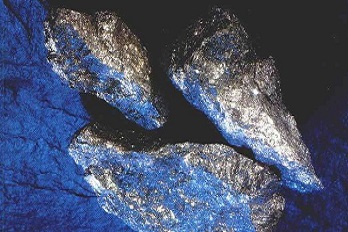The Wigan Coal and Iron Company

Company Location
Company Description
The Wigan Coal and Iron Company was formed when collieries on the Wigan Coalfield owned by John Lancaster were acquired by Lord Lindsay, the Earl of Crawford and Balcarres, owner of the Haigh Colliery in 1865. The company owned collieries in Haigh, Aspull, Standish, Westhoughton, Blackrod, Westleigh and St Helens and large furnaces and iron-works near Wigan and the Manton Colliery in Nottinghamshire.
The Wigan Coal and Iron Company was a major industrial concern in the 19th century. Founded in 1832, it was one of the first companies to combine coal mining, iron production, and manufacturing in one integrated enterprise. The company was based in Wigan, Lancashire, in the northwest of England and was a major employer in the region.
The company was founded by a group of local businessmen, including John Chaddock, John Melling, and William and John Bradshaw. Their goal was to exploit the coal and iron deposits in the area, as well as to build a manufacturing base in the region. The company began to acquire land and by 1837, it had over 4,000 acres of land, including coal mines and ironworks.
The company was a major producer of coal and iron, as well as a variety of manufactured goods. The company's coal mines produced coal for both domestic and industrial use, while its ironworks produced pig iron, cast iron, and wrought iron. The company also had a number of manufacturing plants, producing a variety of goods, including nails, wire, bolts, and other metal products.
The company was a major employer in the region, with over 2,000 workers by the mid-19th century. The company provided housing, schools, and other amenities for its workers and their families. The company was also active in the local community, providing funds for local charities and sponsoring local events.
The company continued to expand throughout the 19th century, becoming one of the largest employers in the region. However, the company began to decline in the early 20th century, as competition from other companies increased. The company ceased operations in the 1920s and its assets were sold off. Today, the company is remembered as one of the most significant industrial concerns of the 19th century.
Related Companies:

















